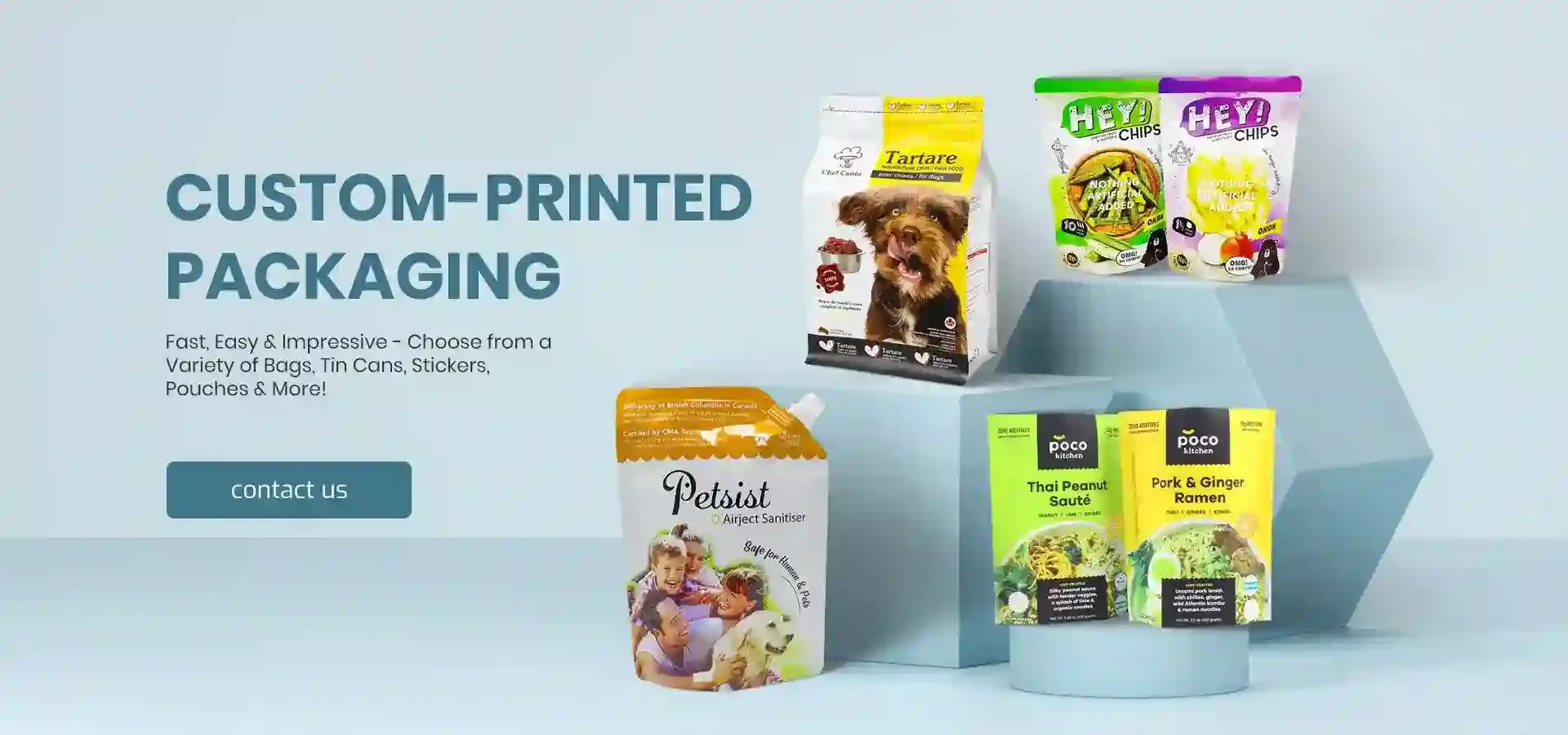- Afrikaans
- Albanian
- Amharic
- Arabic
- Armenian
- Azerbaijani
- Basque
- Belarusian
- Bengali
- Bosnian
- Bulgarian
- Catalan
- Cebuano
- chinese_simplified
- chinese_traditional
- Corsican
- Croatian
- Czech
- Danish
- Dutch
- English
- Esperanto
- Estonian
- Finnish
- French
- Frisian
- Galician
- Georgian
- German
- Greek
- Gujarati
- haitian_creole
- hausa
- hawaiian
- Hebrew
- Hindi
- Miao
- Hungarian
- Icelandic
- igbo
- Indonesian
- irish
- Italian
- Japanese
- Javanese
- Kannada
- kazakh
- Khmer
- Rwandese
- Korean
- Kurdish
- Kyrgyz
- Lao
- Latin
- Latvian
- Lithuanian
- Luxembourgish
- Macedonian
- Malgashi
- Malay
- Malayalam
- Maltese
- Maori
- Marathi
- Mongolian
- Myanmar
- Nepali
- Norwegian
- Norwegian
- Occitan
- Pashto
- Persian
- Polish
- Portuguese
- Punjabi
- Romanian
- Russian
- Samoan
- scottish-gaelic
- Serbian
- Sesotho
- Shona
- Sindhi
- Sinhala
- Slovak
- Slovenian
- Somali
- Spanish
- Sundanese
- Swahili
- Swedish
- Tagalog
- Tajik
- Tamil
- Tatar
- Telugu
- Thai
- Turkish
- Turkmen
- Ukrainian
- Urdu
- Uighur
- Uzbek
- Vietnamese
- Welsh
- Bantu
- Yiddish
- Yoruba
- Zulu
Benefits and Uses of Aluminum Lined Bags for Product Protection and Preservation
The Versatility and Applications of Aluminum Lined Bags
In today's fast-paced world, packaging plays a vital role in ensuring the quality and integrity of products across various industries. One innovative solution that has gained considerable attention is aluminum lined bags. Combining functionality with practicality, these bags offer a multitude of benefits making them an ideal choice for various applications.
What are Aluminum Lined Bags?
Aluminum lined bags are containers constructed with an inner layer of aluminum foil, providing a barrier that protects the contents from environmental factors such as moisture, air, and light. This unique construction makes aluminum lined bags a preferred choice for packaging sensitive products. The outer layer can be made from various materials, including plastic or paper, allowing customization of the bag’s appearance and functionality.
Key Features of Aluminum Lined Bags
One of the standout features of aluminum lined bags is their exceptional barrier properties. The aluminum layer effectively blocks out oxygen and moisture, which are known to degrade the quality of numerous products, especially food, pharmaceuticals, and chemicals. This barrier is crucial for products that require a long shelf life, as it helps preserve freshness and potency.
Moreover, aluminum lined bags are lightweight yet strong, making them easy to handle and transport without compromising on durability. They are also resealable, providing convenience for users who wish to access the contents multiple times. The bags can be produced in various sizes and designs, catering to diverse product needs, whether small sachets for samples or larger pouches for bulk items.
Applications in the Food Industry
The food and beverage industry is perhaps the most significant beneficiary of aluminum lined bags. Products like snacks, coffee, and powdered ingredients often require protection from moisture and oxygen to maintain quality. For instance, coffee beans lose their flavor and aroma when exposed to air. By utilizing aluminum lined bags, manufacturers can ensure that their products remain fresh until they reach the consumer.
aluminum lined bags

Similarly, dried fruits, herbs, spices, and various snack foods benefit from the enhanced protection offered by aluminum lined bags. These bags help preserve the taste and texture of the items, improving customer satisfaction and reducing waste due to spoilage.
Pharmaceutical and Chemical Storage
In the pharmaceutical sector, aluminum lined bags are used to package medications and sensitive compounds that may degrade when exposed to moisture or light. The integrity and effectiveness of drugs are paramount, and these bags help ensure that they reach patients in their optimal condition. Additionally, they are used for packaging chemicals that require moisture-free environments, thus maintaining the stability of the substances during transport and storage.
Environmental Considerations
While the benefits of aluminum lined bags are clear, it’s essential to consider their environmental impact as well. Many manufacturers are now adopting sustainable practices by offering recyclable or biodegradable options. Innovations in packaging technology aim to reduce waste and reliance on single-use plastics, presenting consumers with more environmentally friendly choices.
Conclusion
Aluminum lined bags are a testament to how packaging technology has evolved to meet the demands of various industries. Their versatility in providing superior protection against environmental elements makes them invaluable across numerous sectors, especially food safety, pharmaceuticals, and chemical storage. As manufacturers continue to explore sustainable alternatives, the future of aluminum lined bags looks promising, paving the way for innovative solutions in the packaging industry.
In conclusion, whether you are a manufacturer, retailer, or consumer, understanding the benefits and applications of aluminum lined bags can lead to enhanced product quality and satisfaction. As we continue to prioritize efficiency, safety, and sustainability, these bags remain a crucial component of modern packaging strategies.













